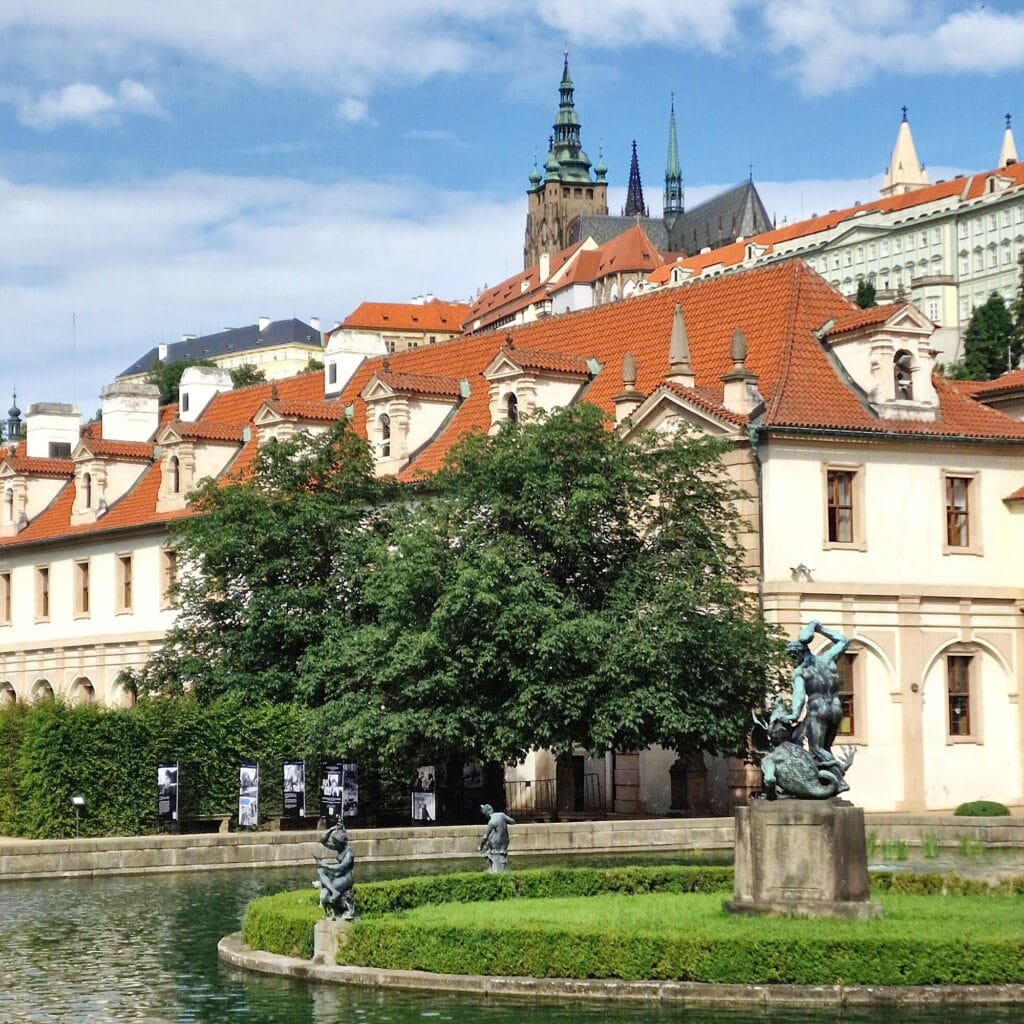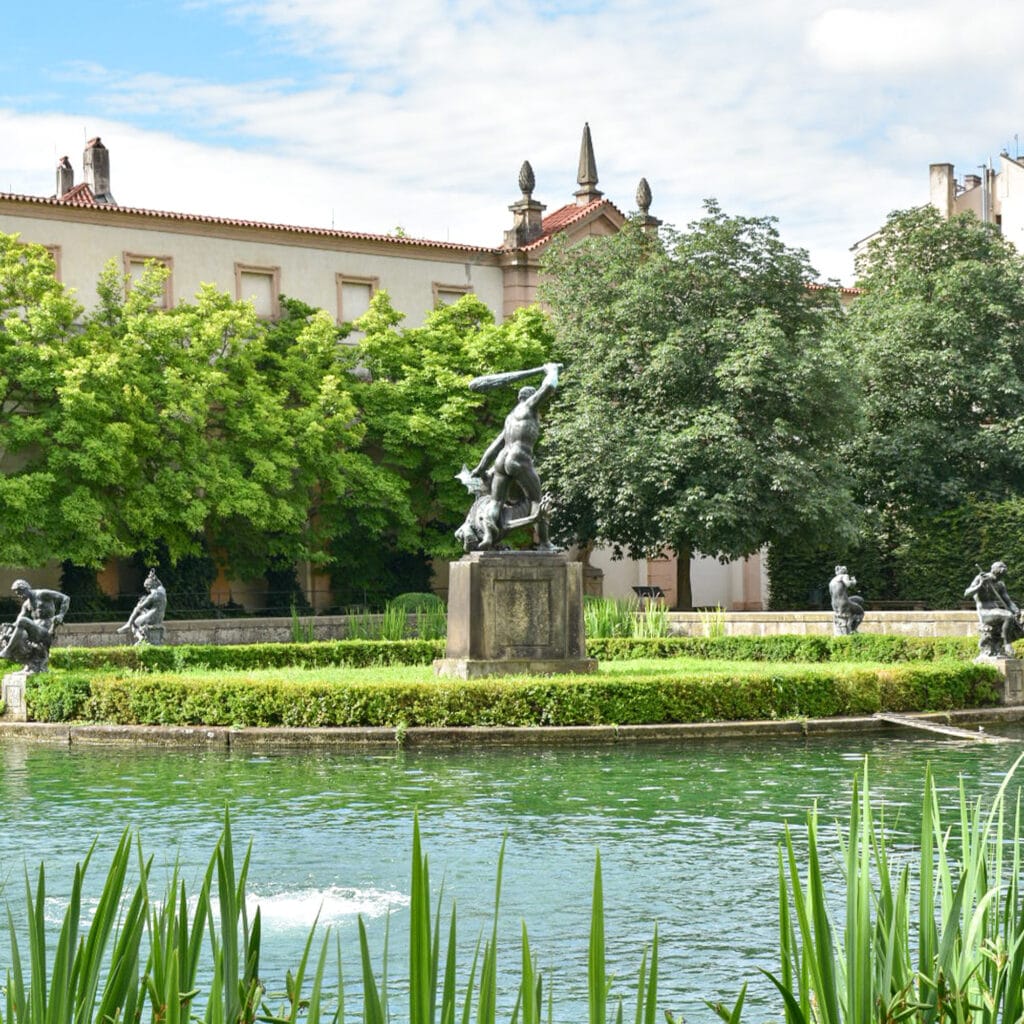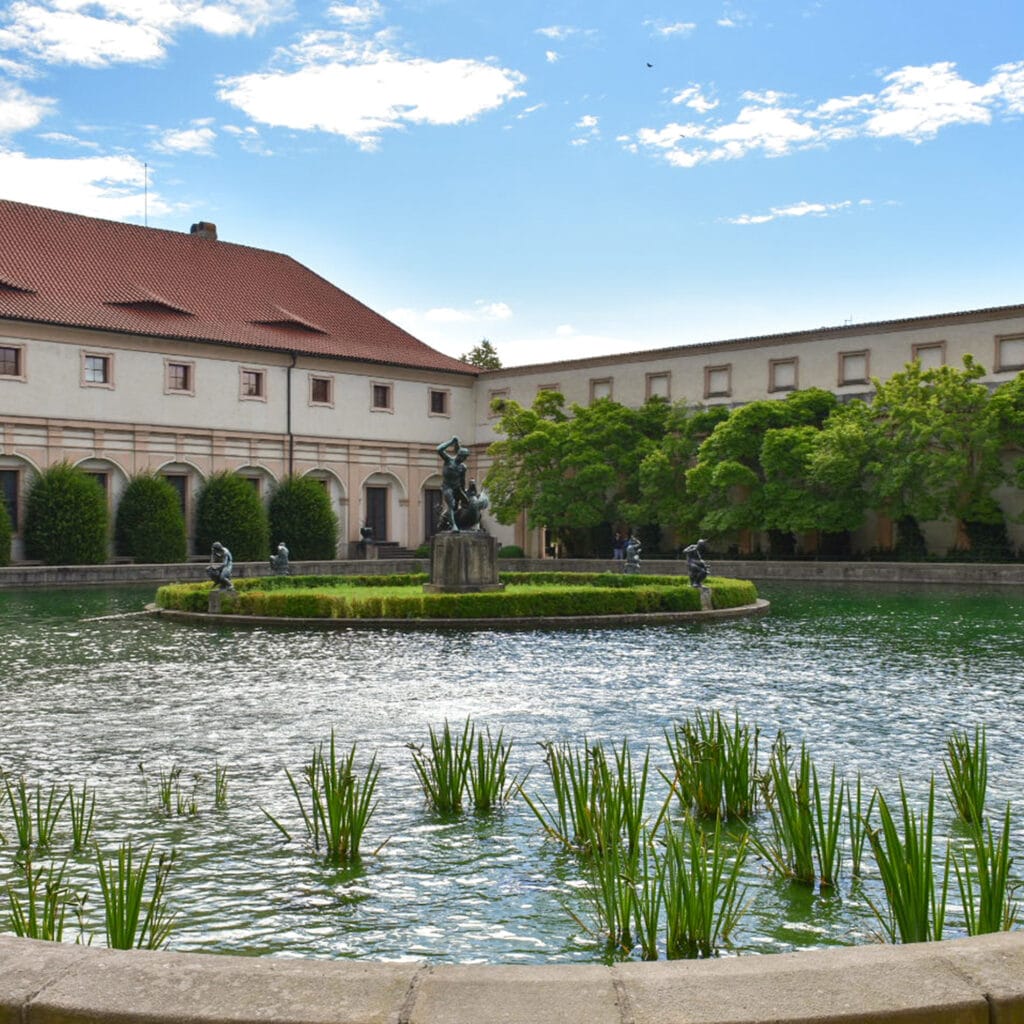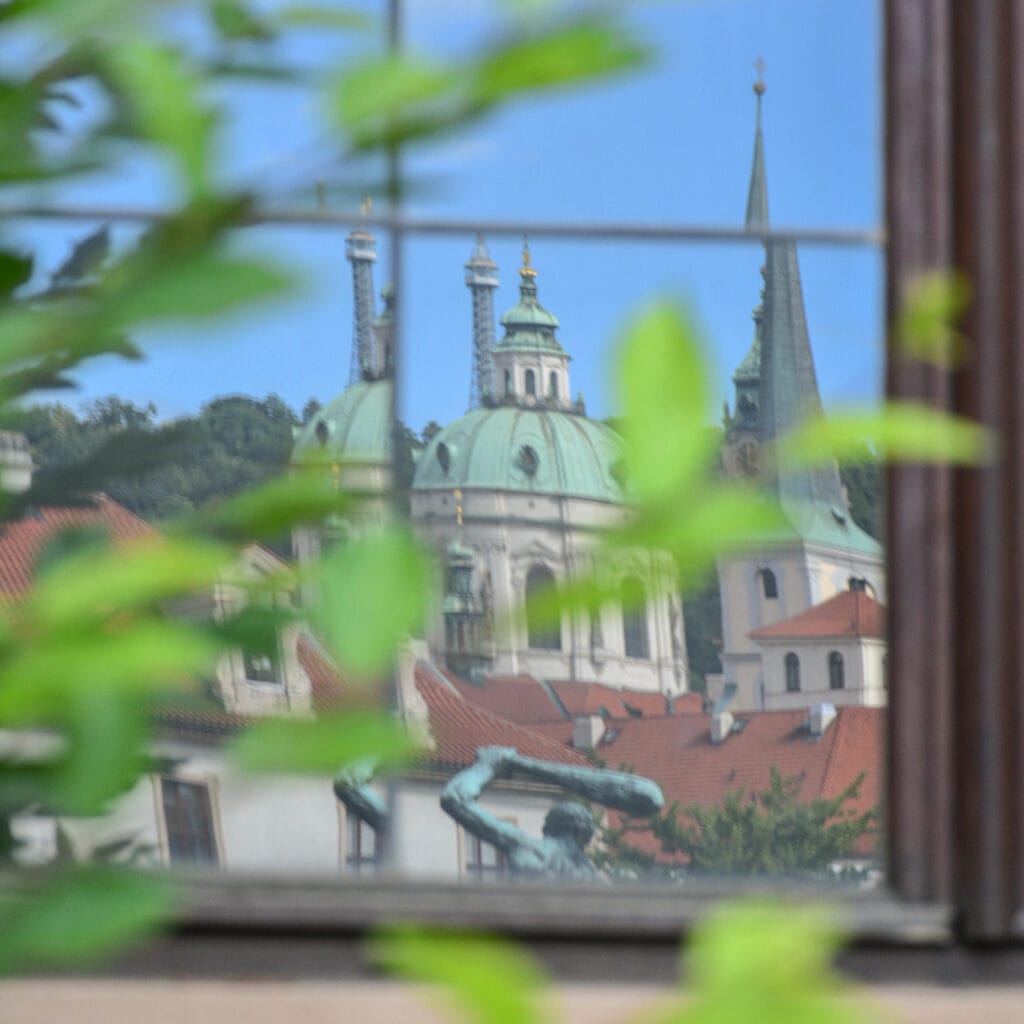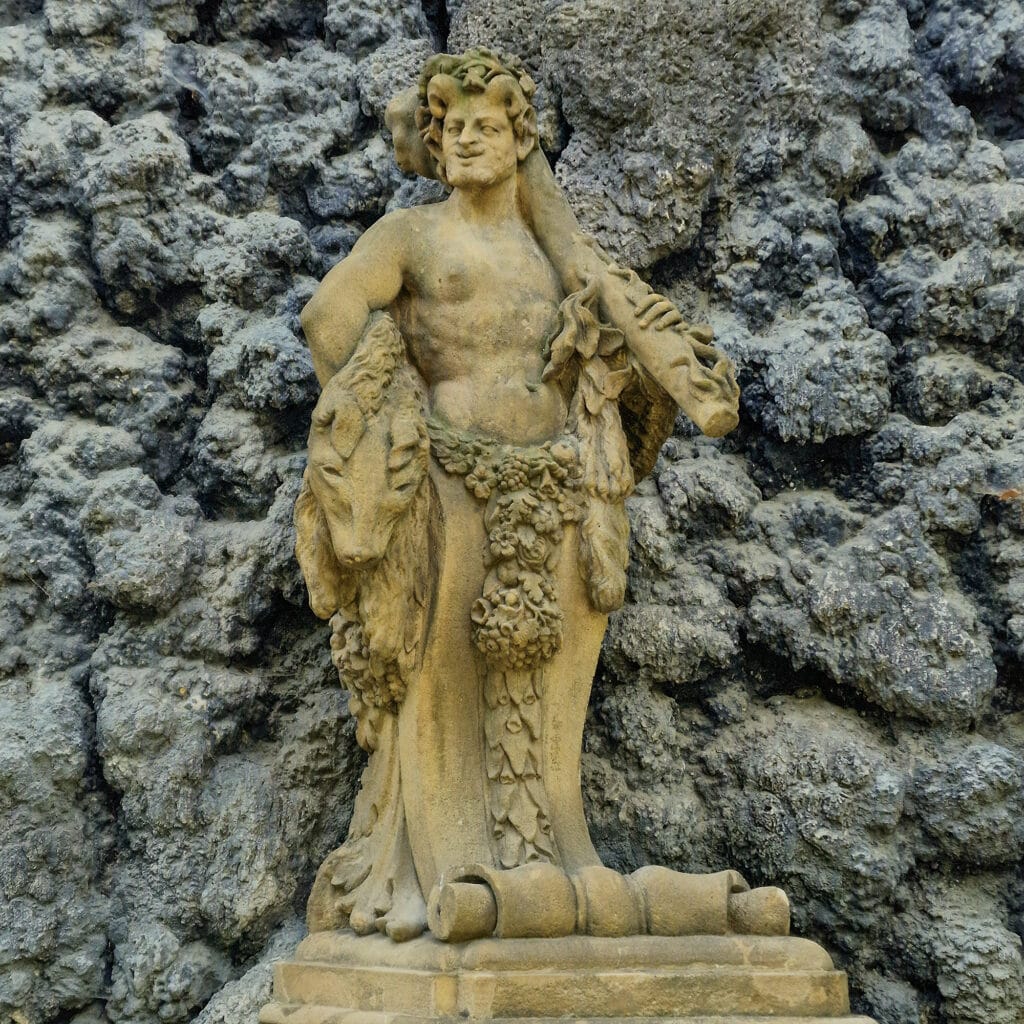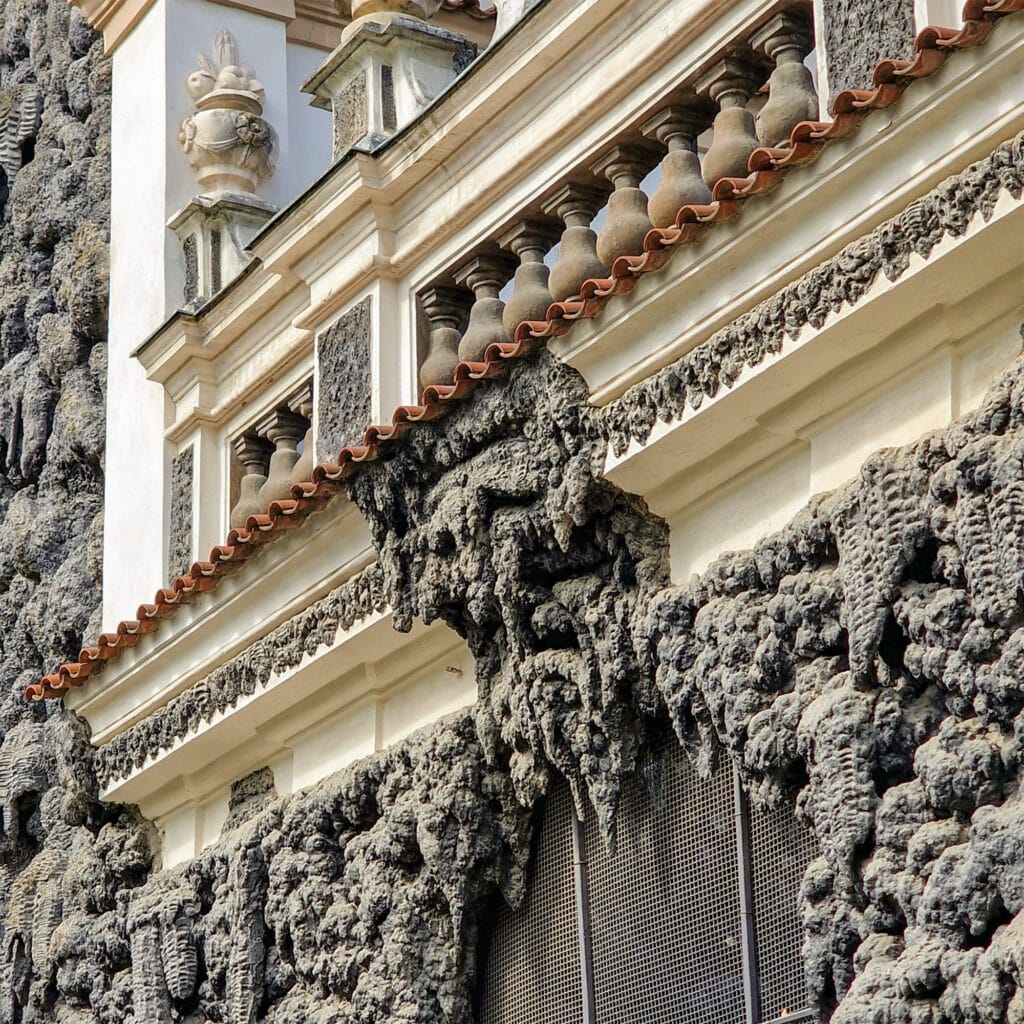Valdštejn Garden
Albrecht von Wallenstein, an outstanding military leader, skilful politician, and great businessman, is one of the few significant Czech figures in European history. Apart from his political legacies, the imperial army’s generalissimo also left behind an early Baroque residence in Prague that remains unparalleled. The vast complex was built on the site of 25 original houses, a fortified gate, and several gardens. Wallenstein began acquiring these properties right after the Battle of White Mountain in 1621, and just eight years later, a palace stood in Malá Strana, intended to rival Prague Castle.
The palace is complemented by a garden that can be conceptually divided into two parts. The first is dominated by a colossal three-arched sala terrena, whose decoration connects with the palace’s interior, making it a seamless part of the overall design. The ceiling frescoes, like the sculptural decorations in the garden by sculptor Adrian de Vries, are inspired by ancient mythology. In contrast to the frescoes, however, the sculptures are merely copies since Swedish soldiers plundered the palace in 1648, taking away the free-standing statues and the original fountains.
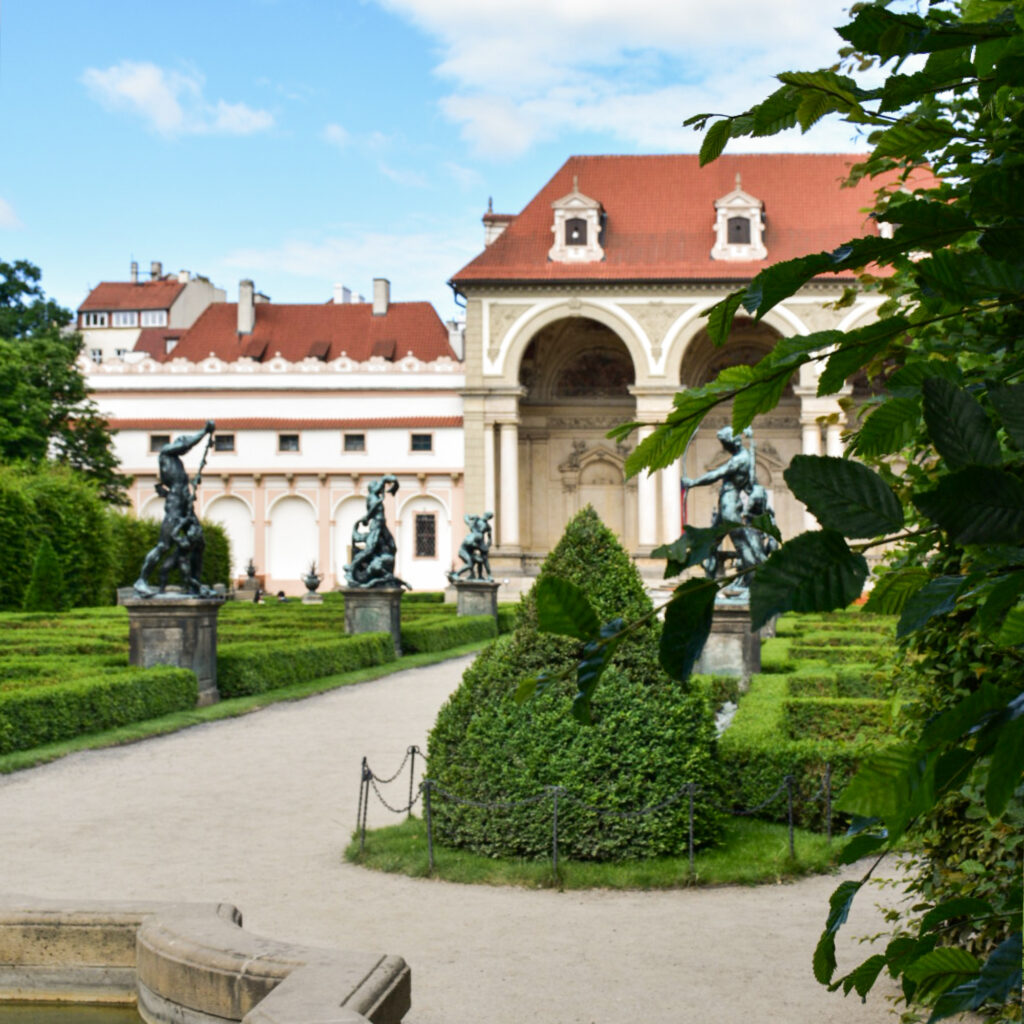

The department store Bílá labuť

The Church of St. John of Nepomuk in Košíře
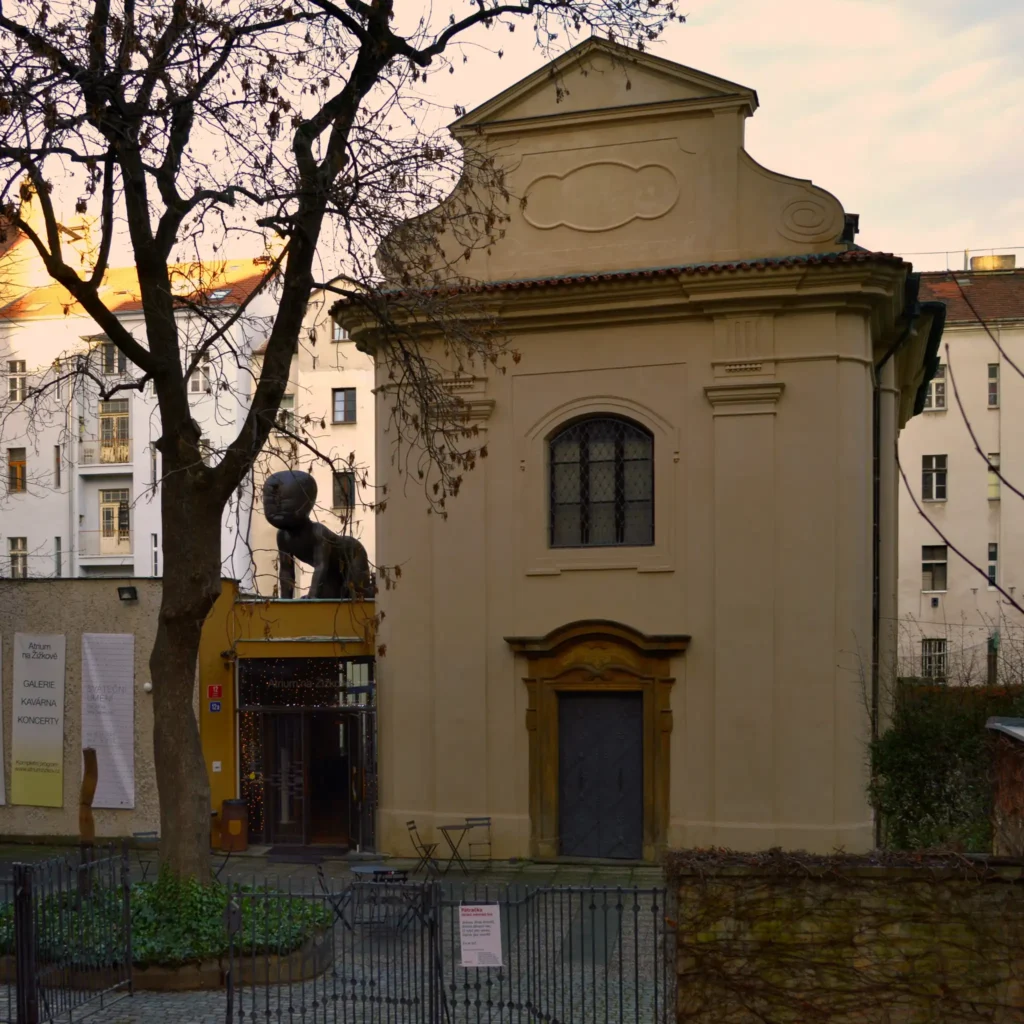
Žižkov Atrium

DBK

French schools
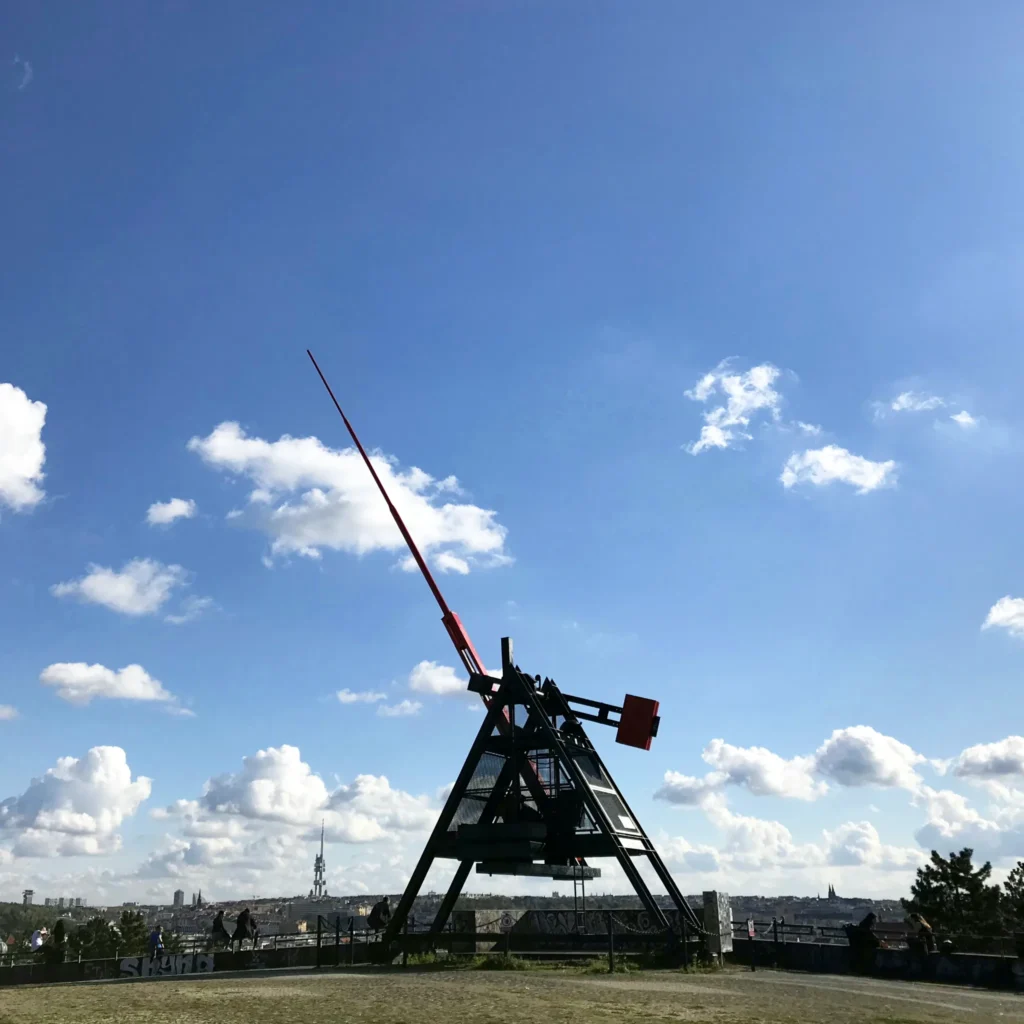
Stalin on Letná

Libeň Bridge

Mánes Exhibition Hall
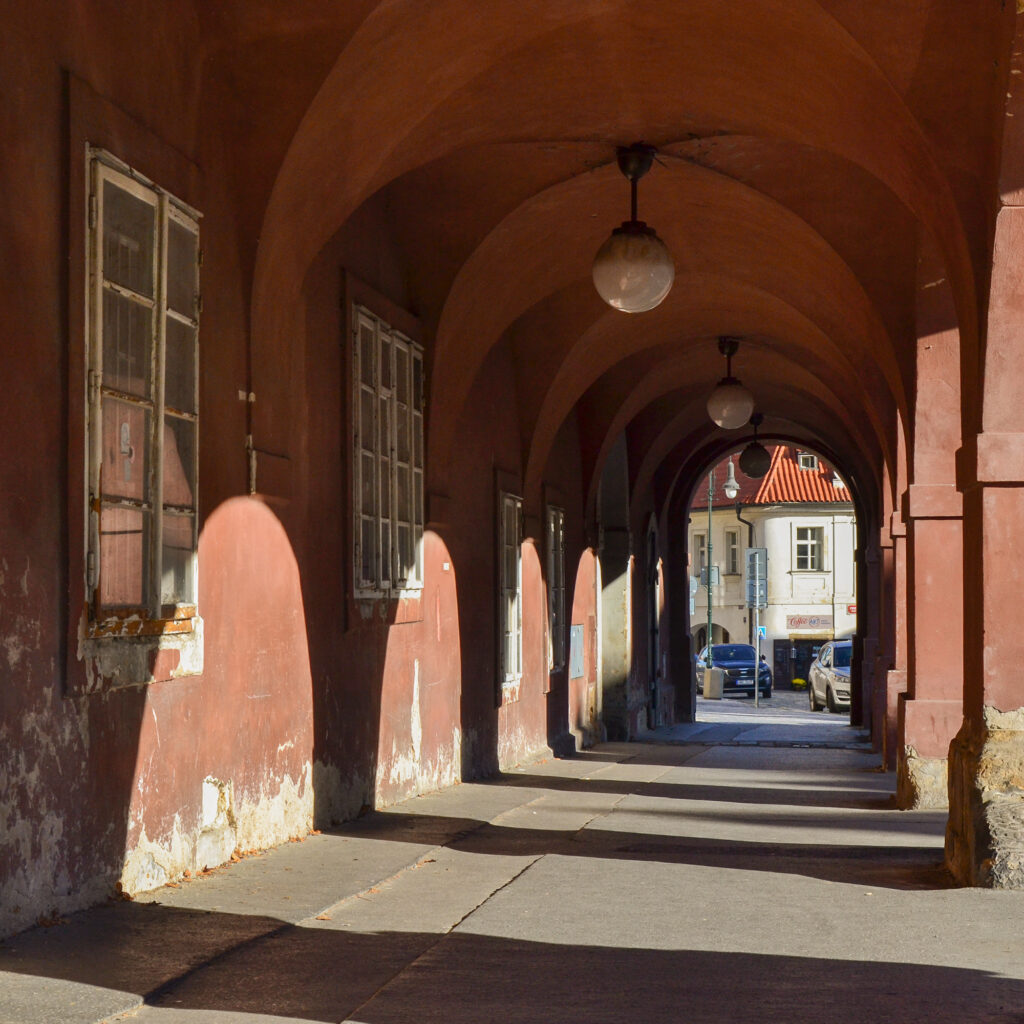
The House U Kundraticů

